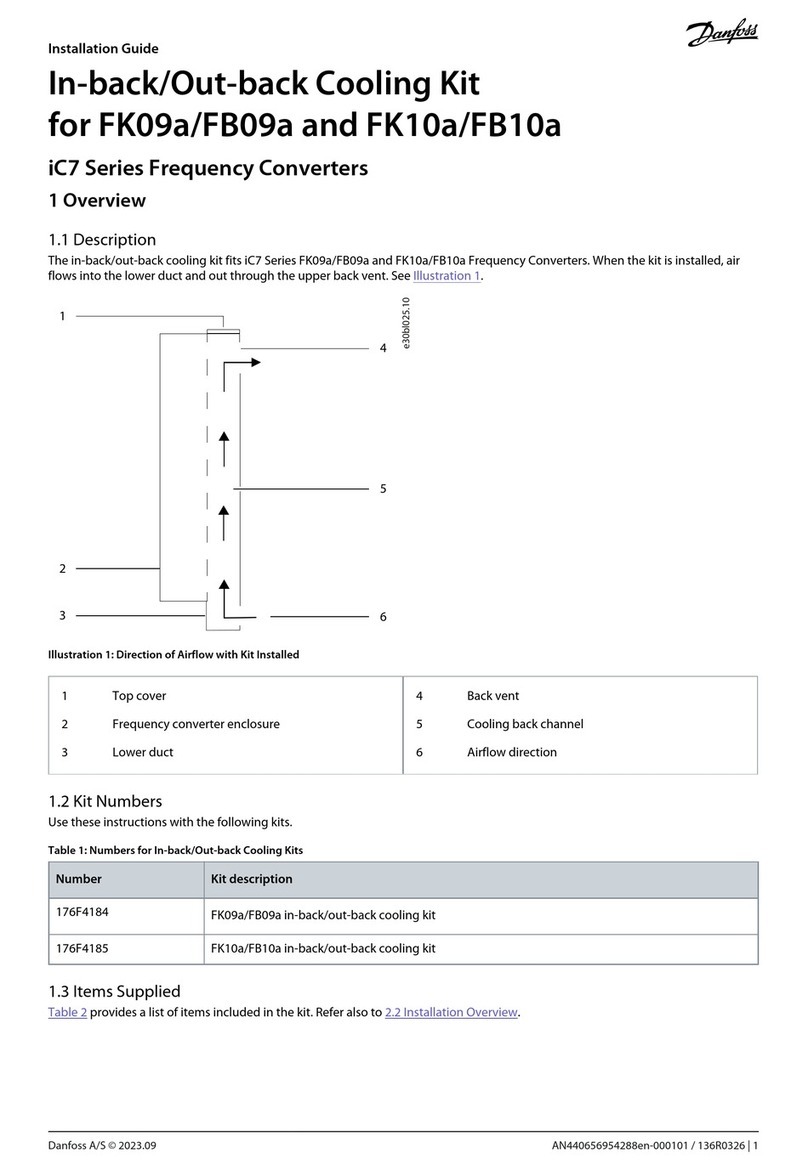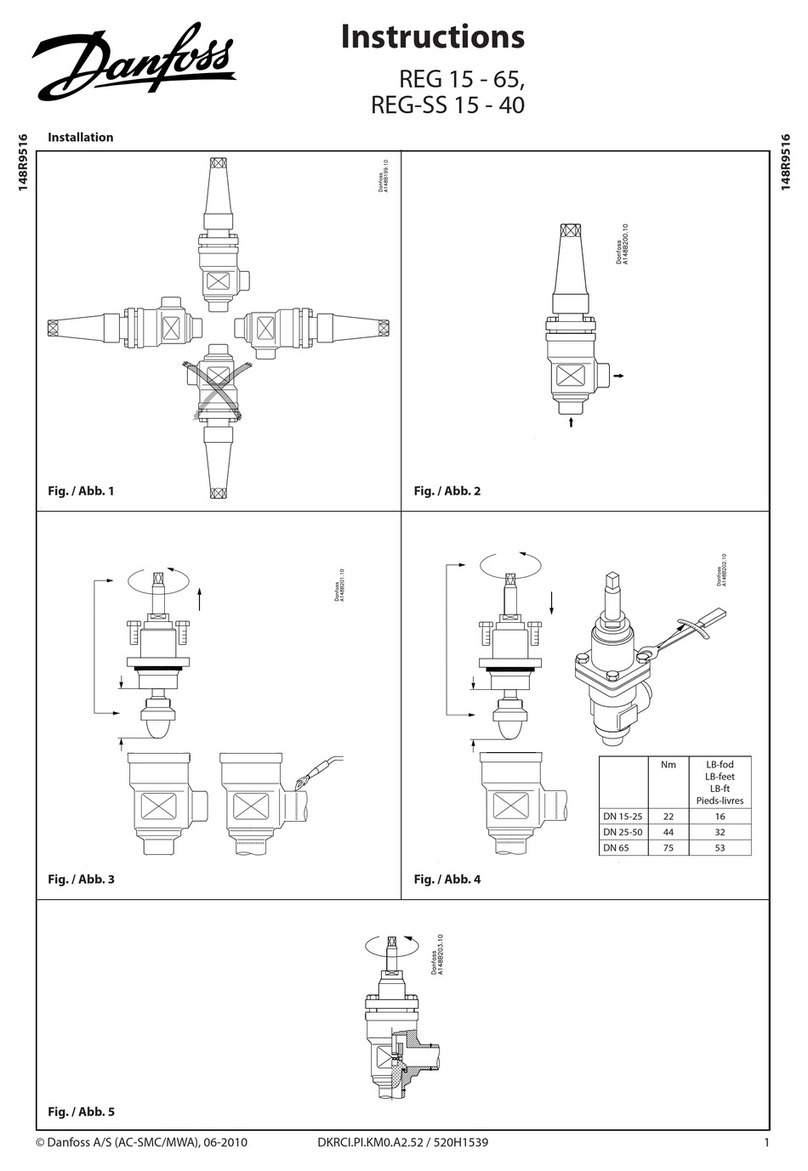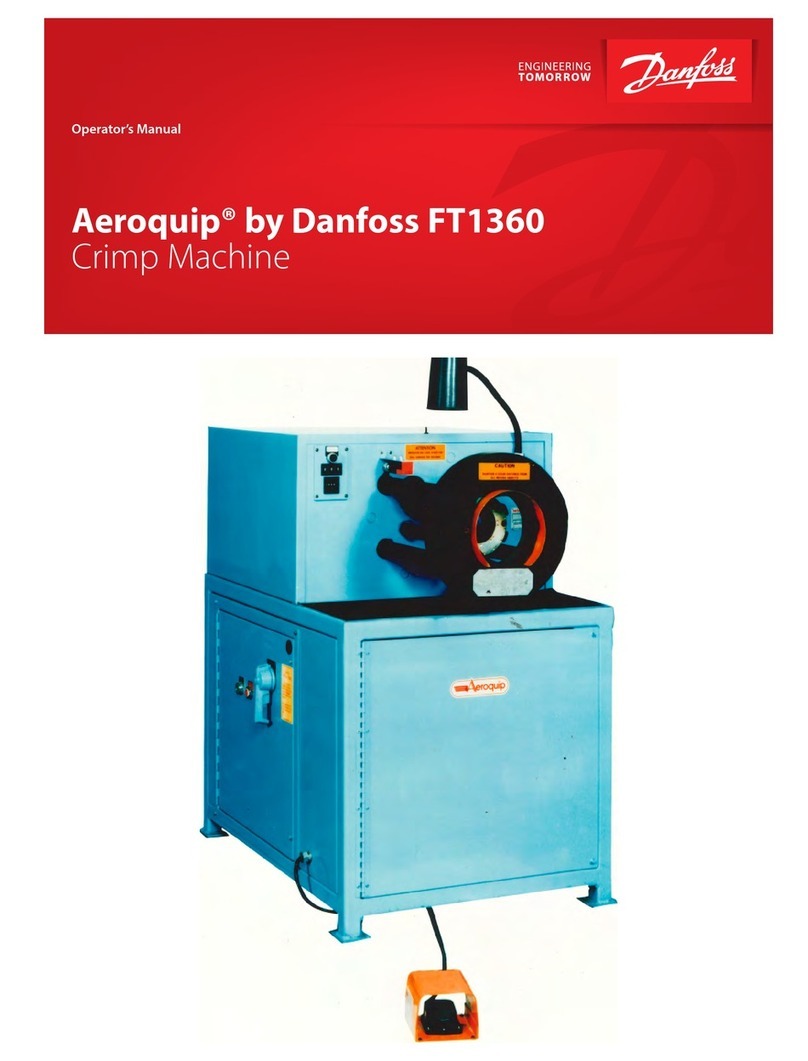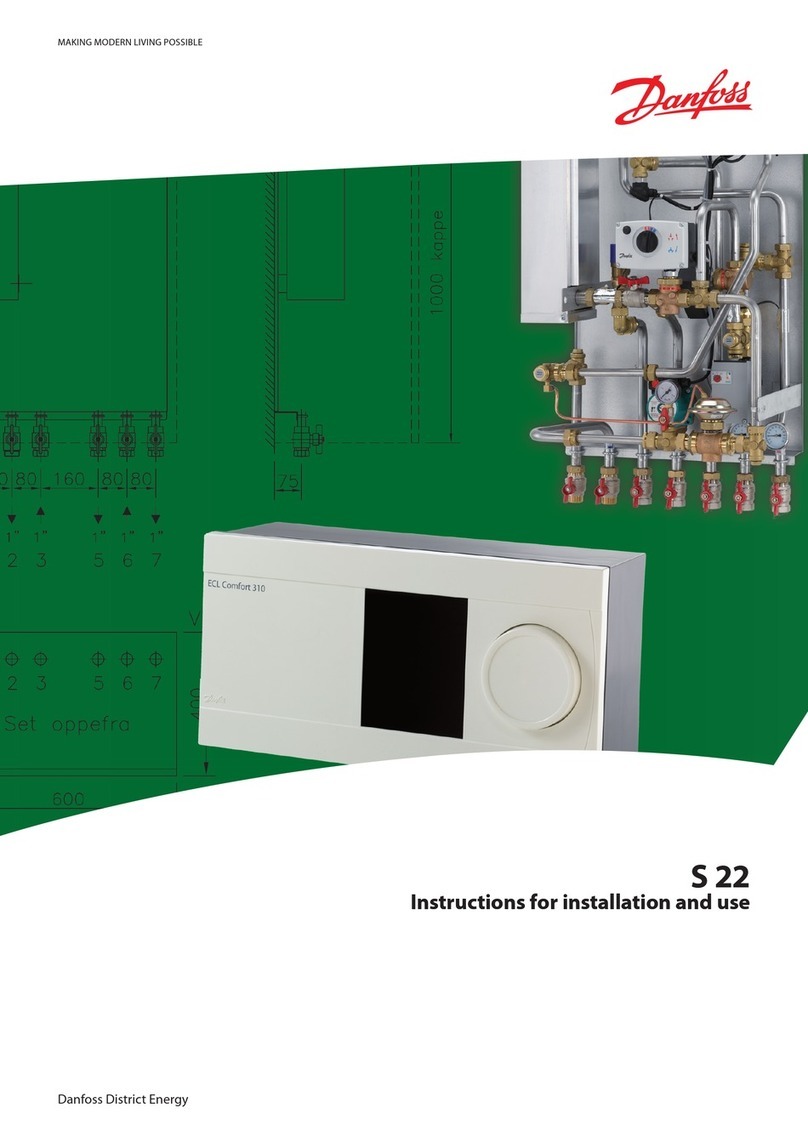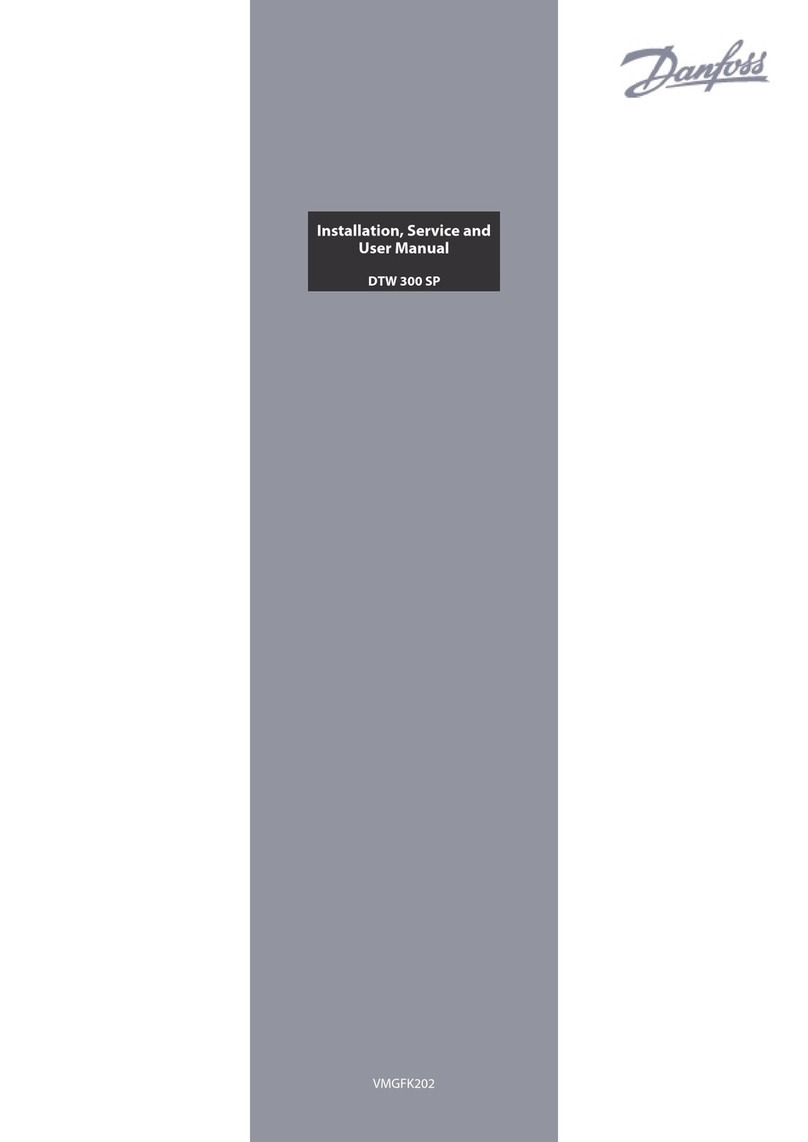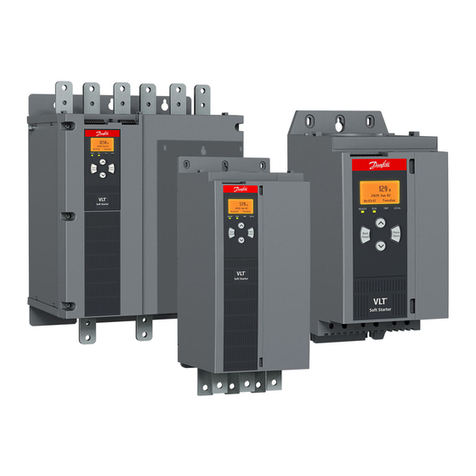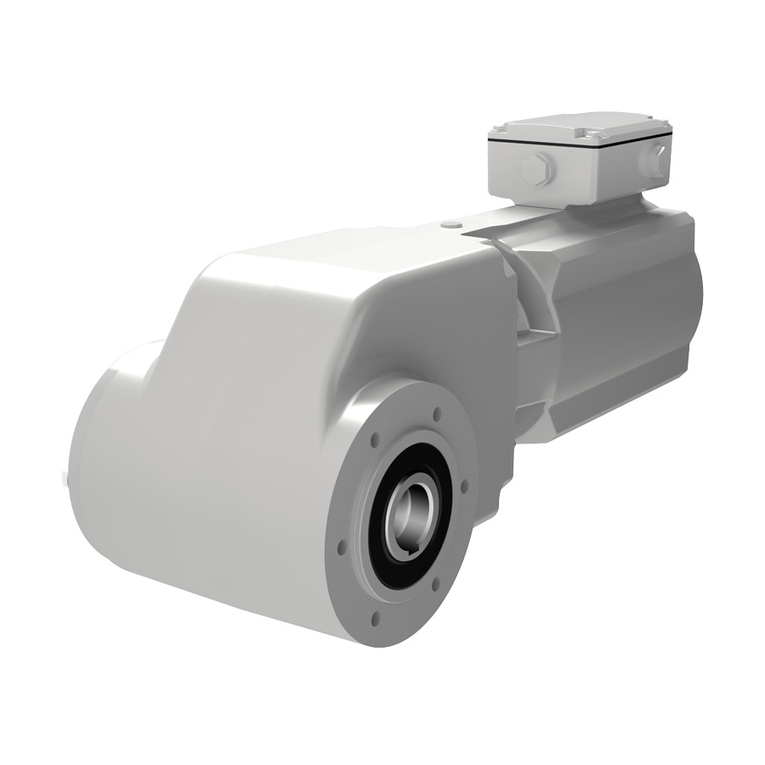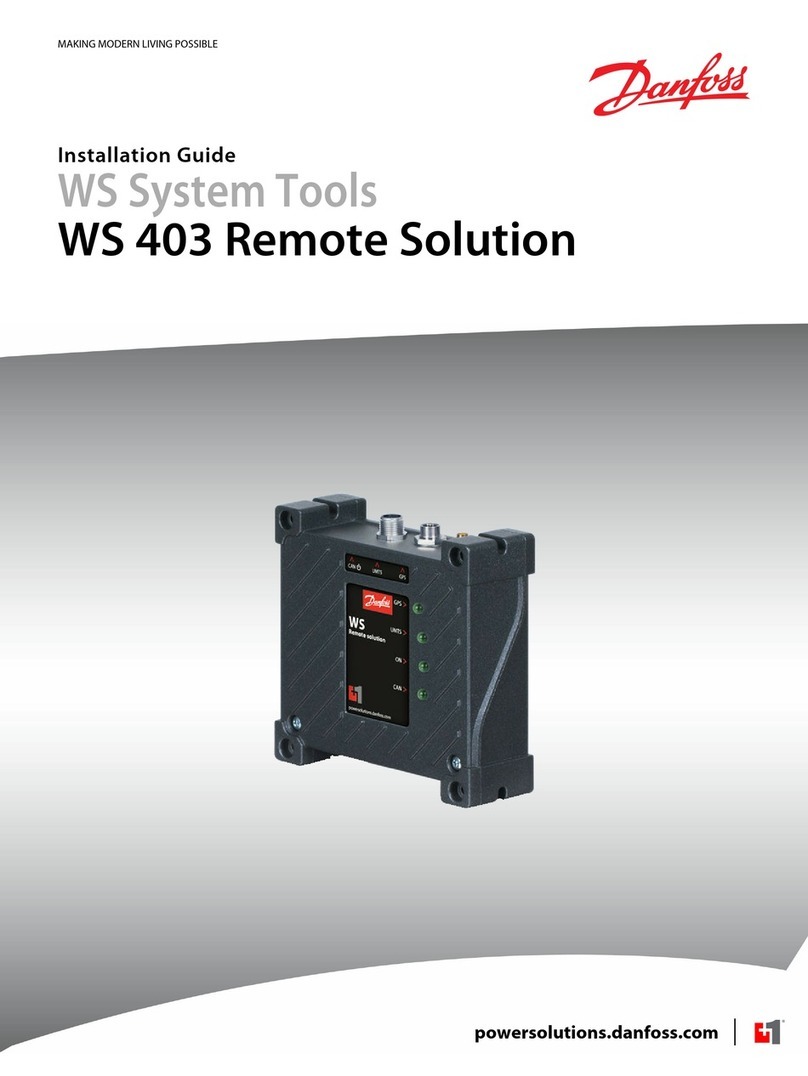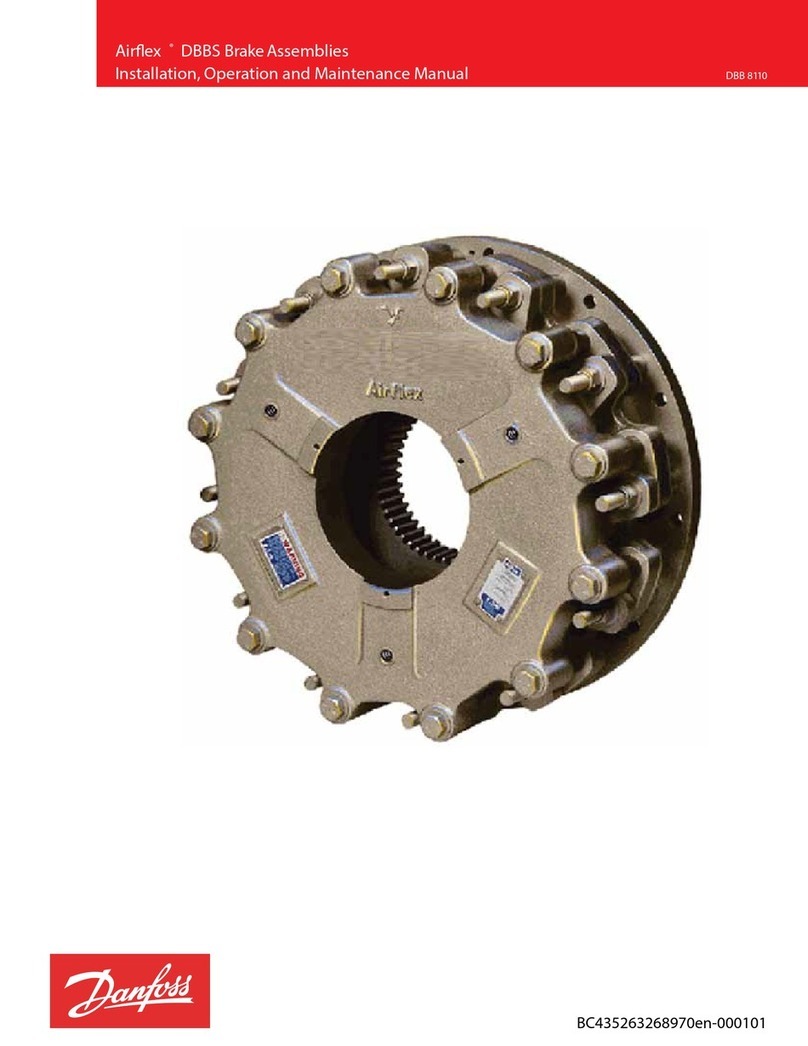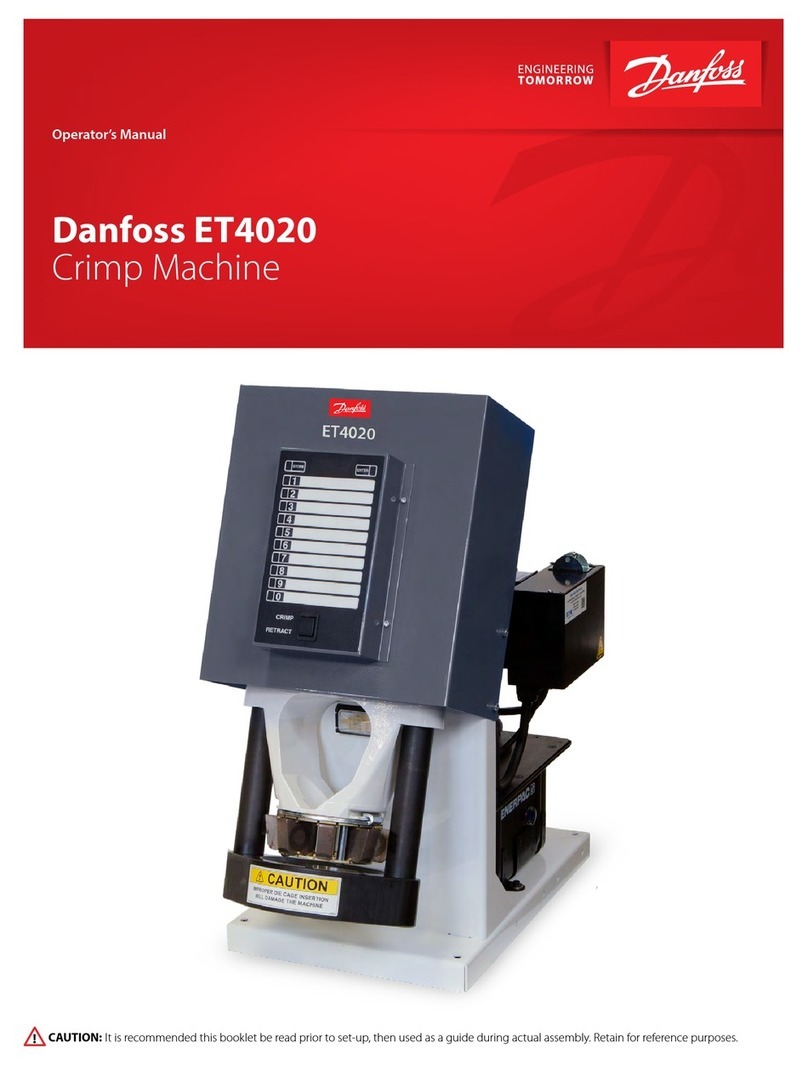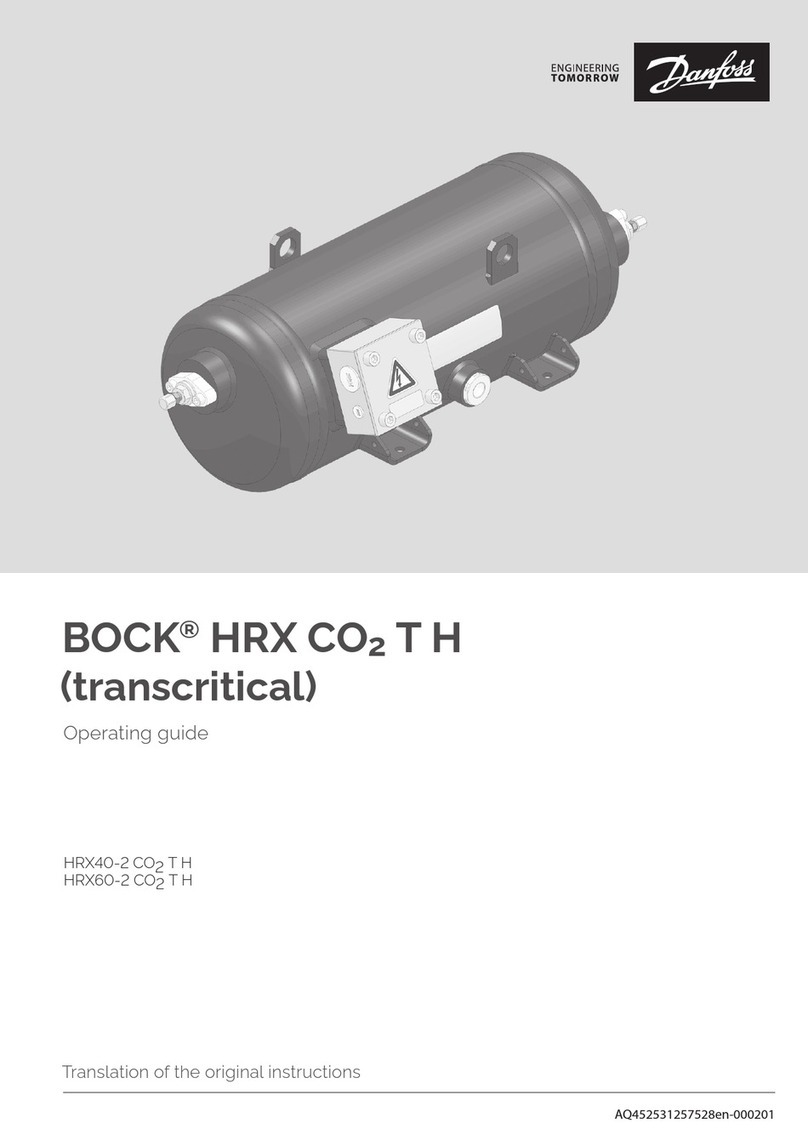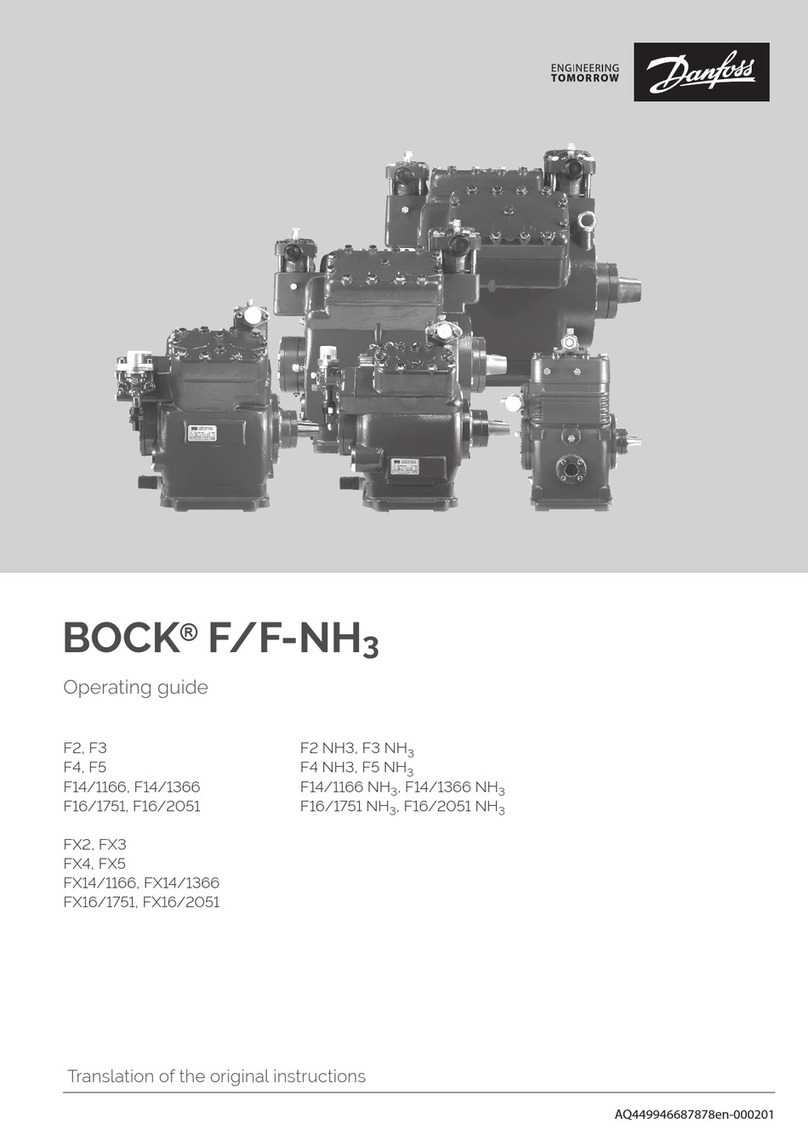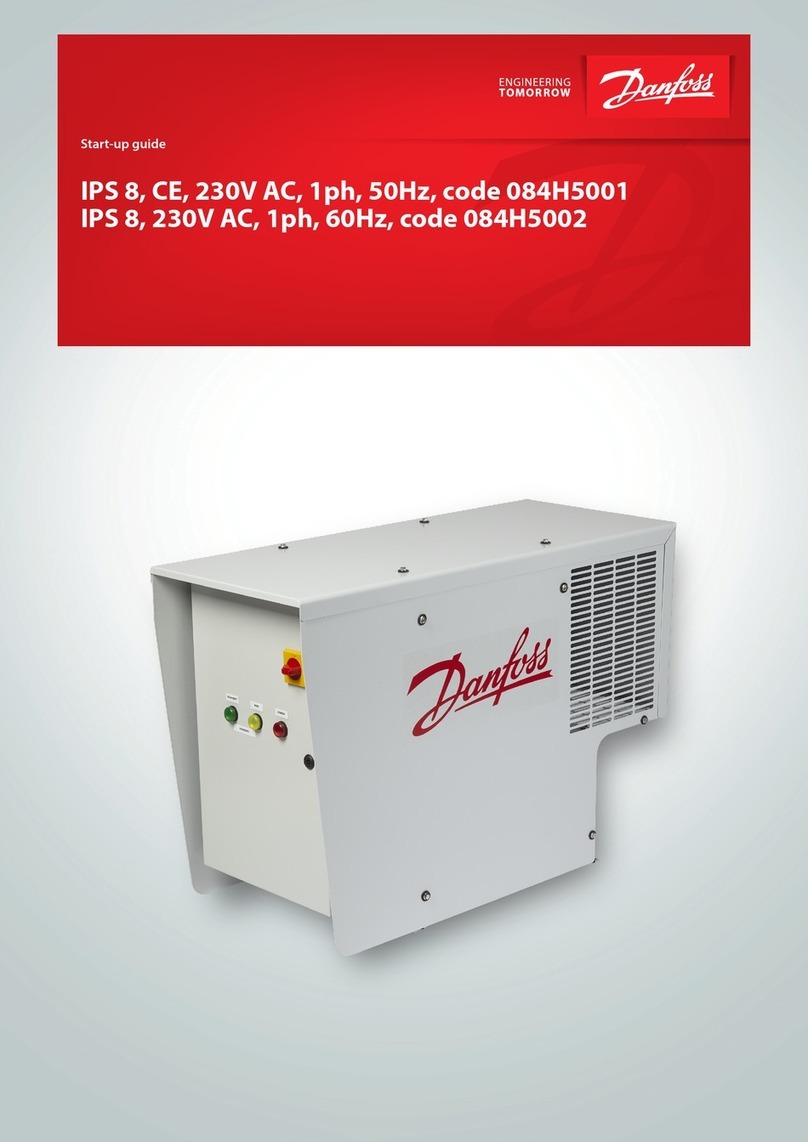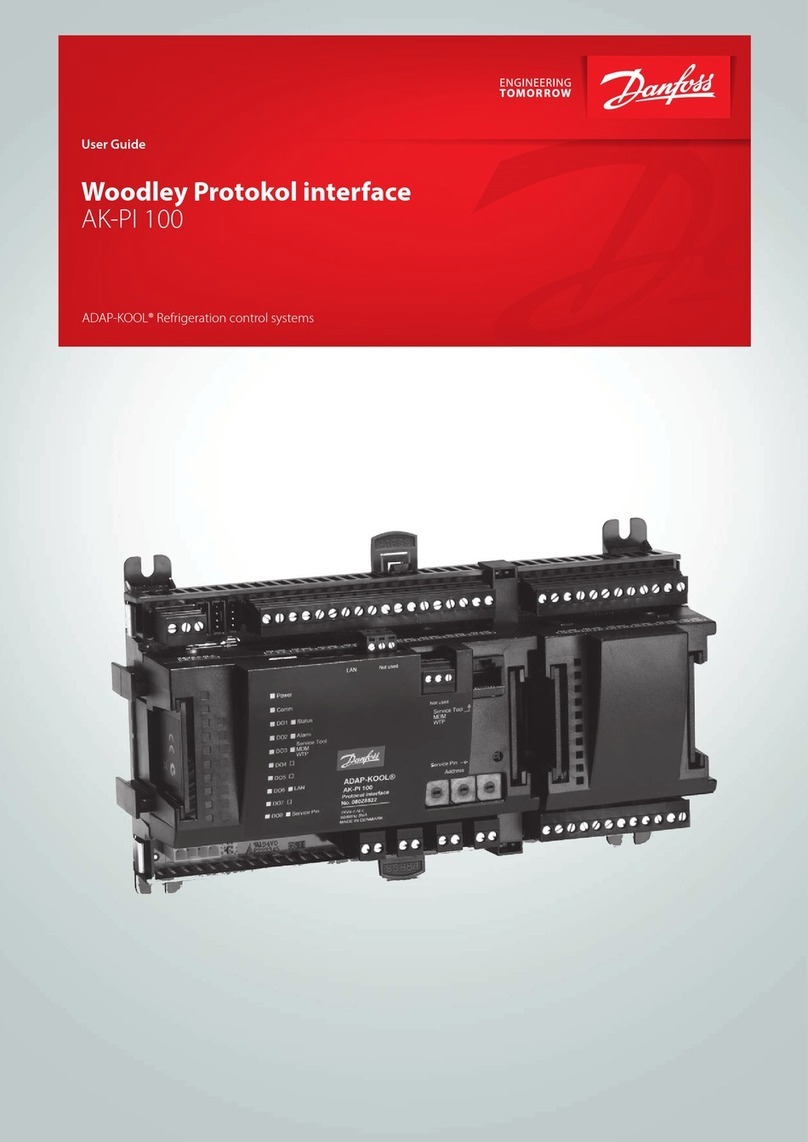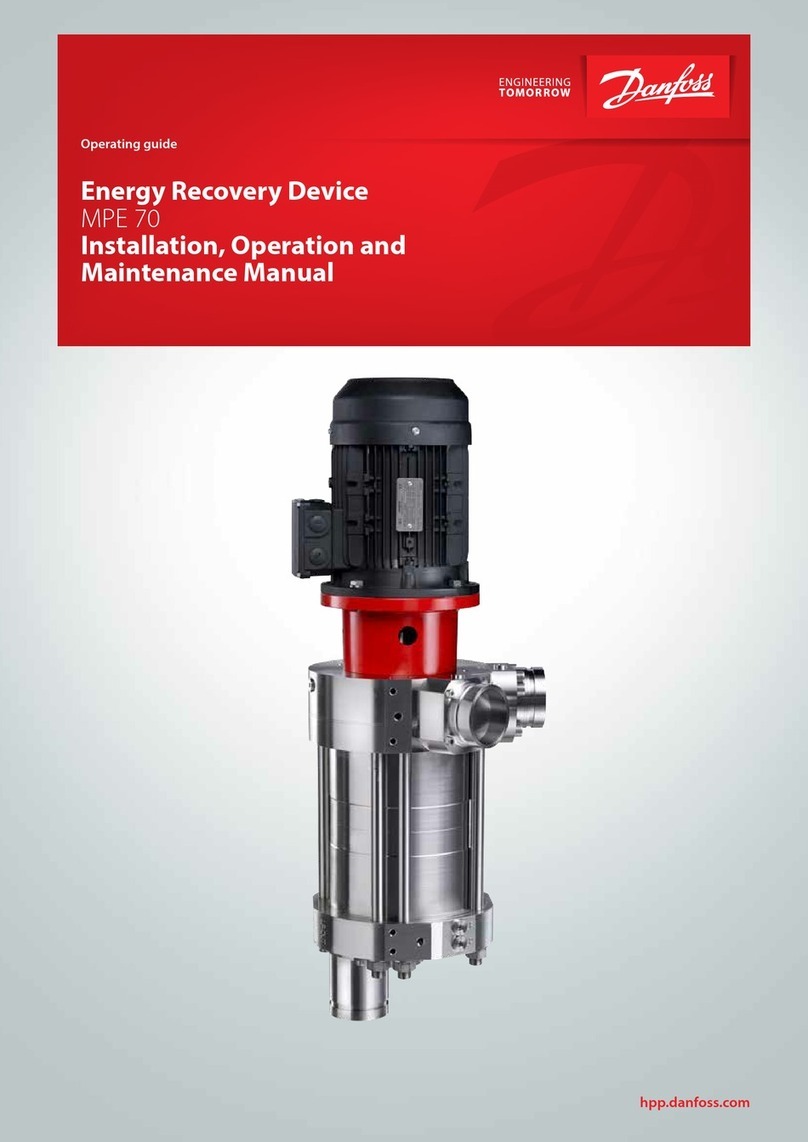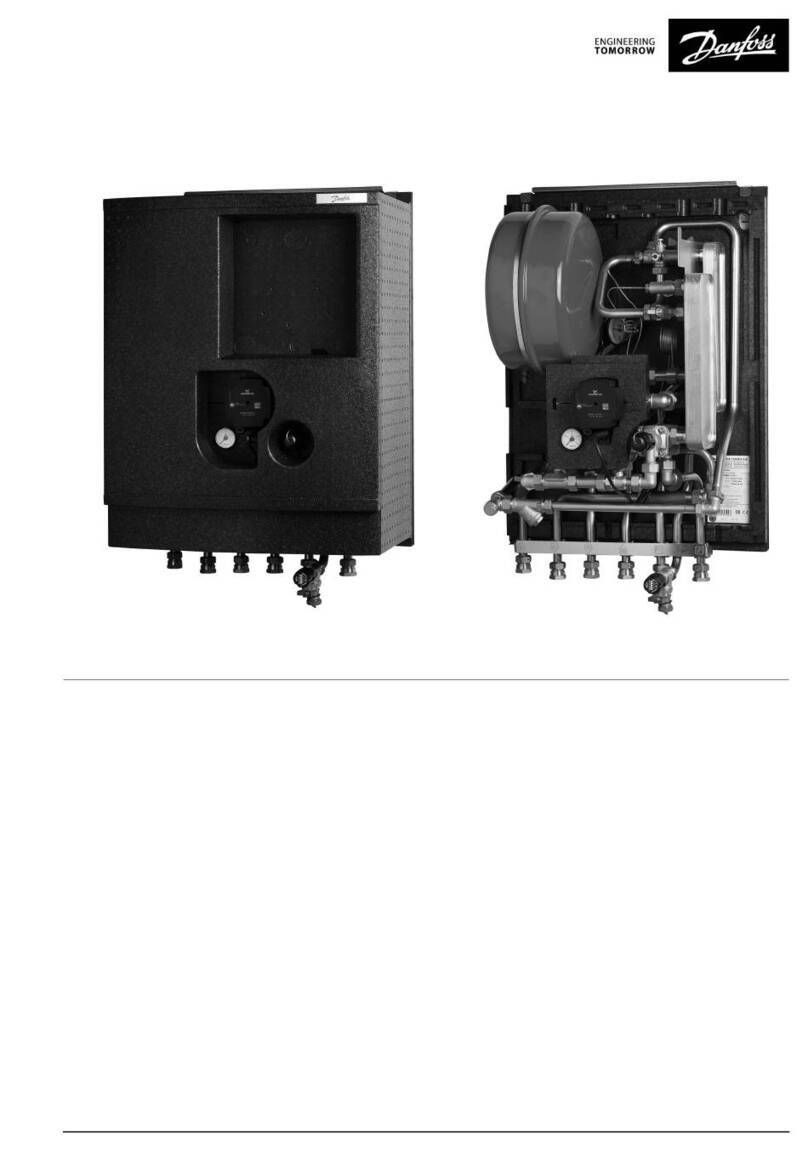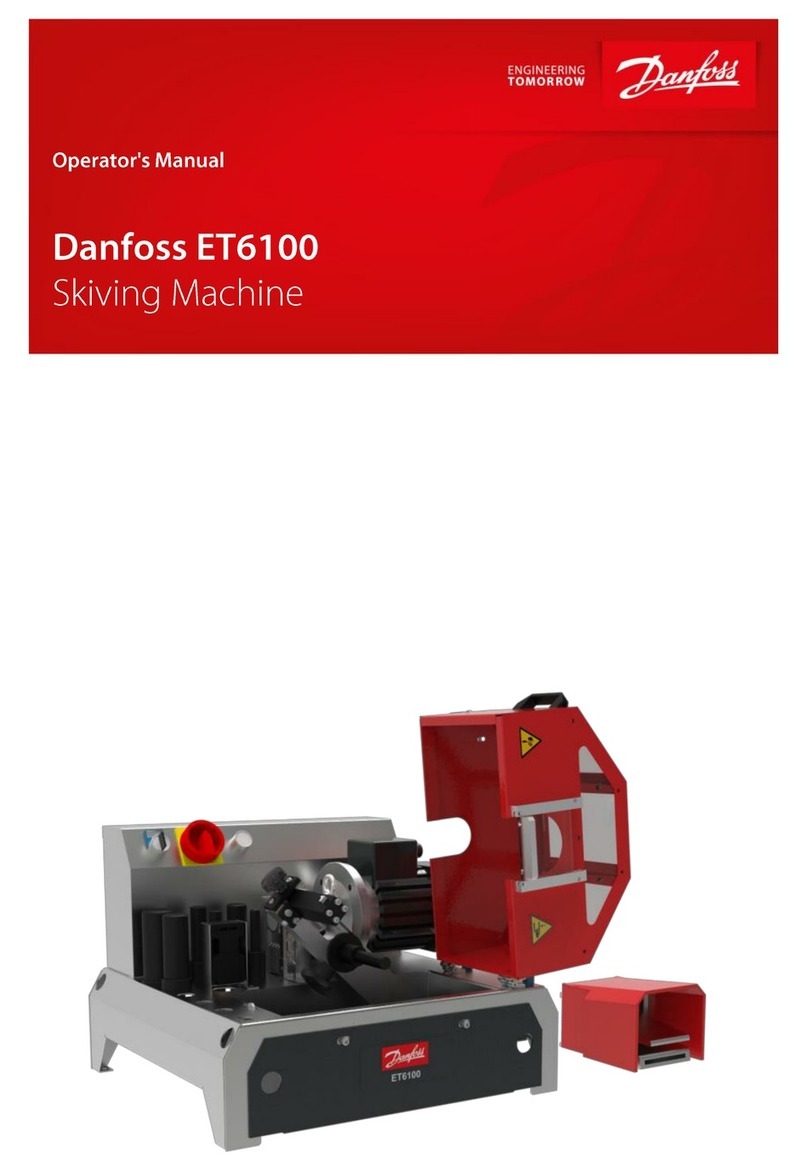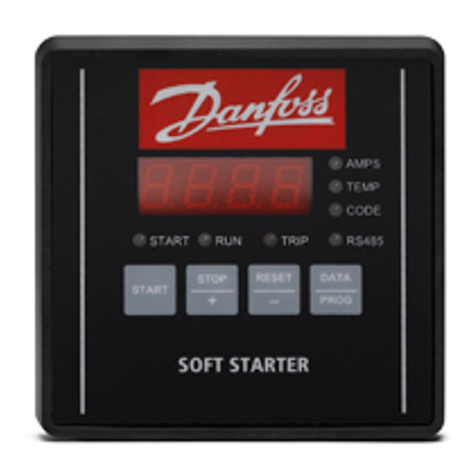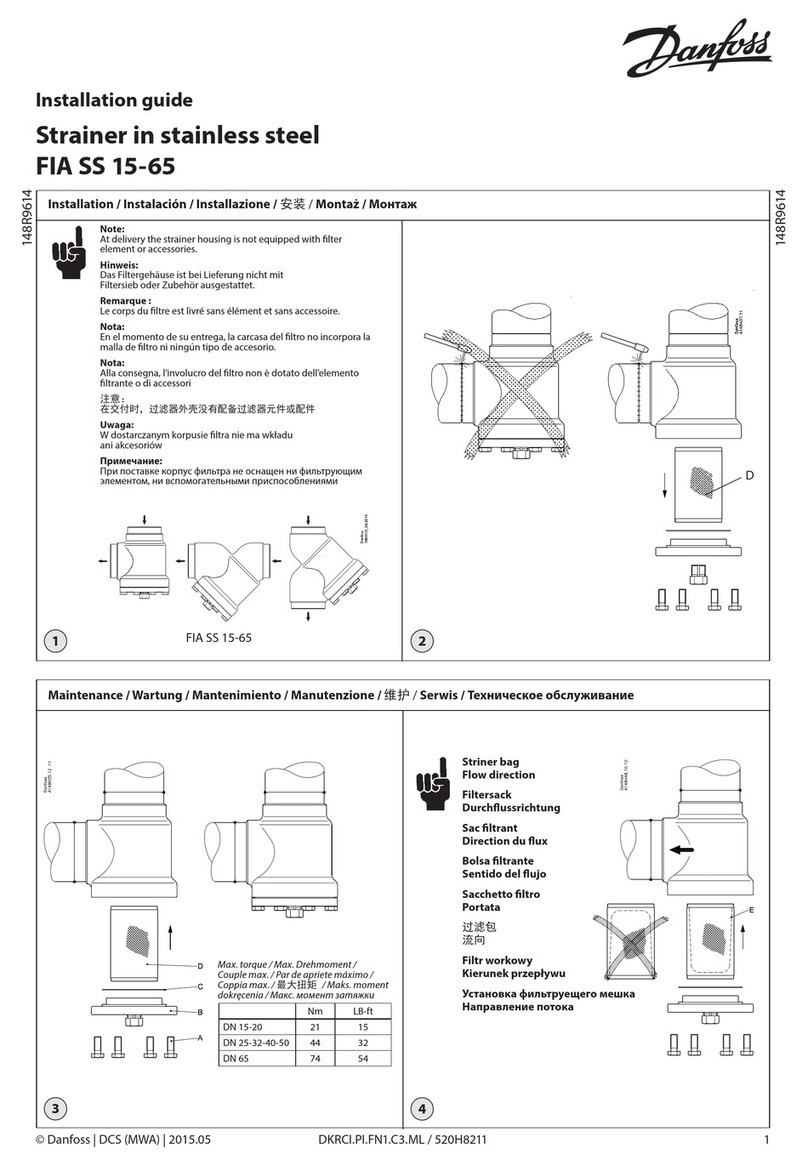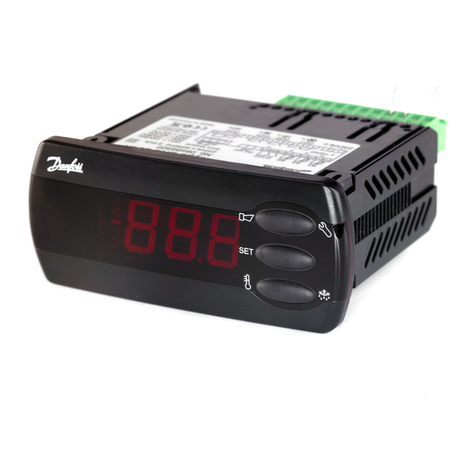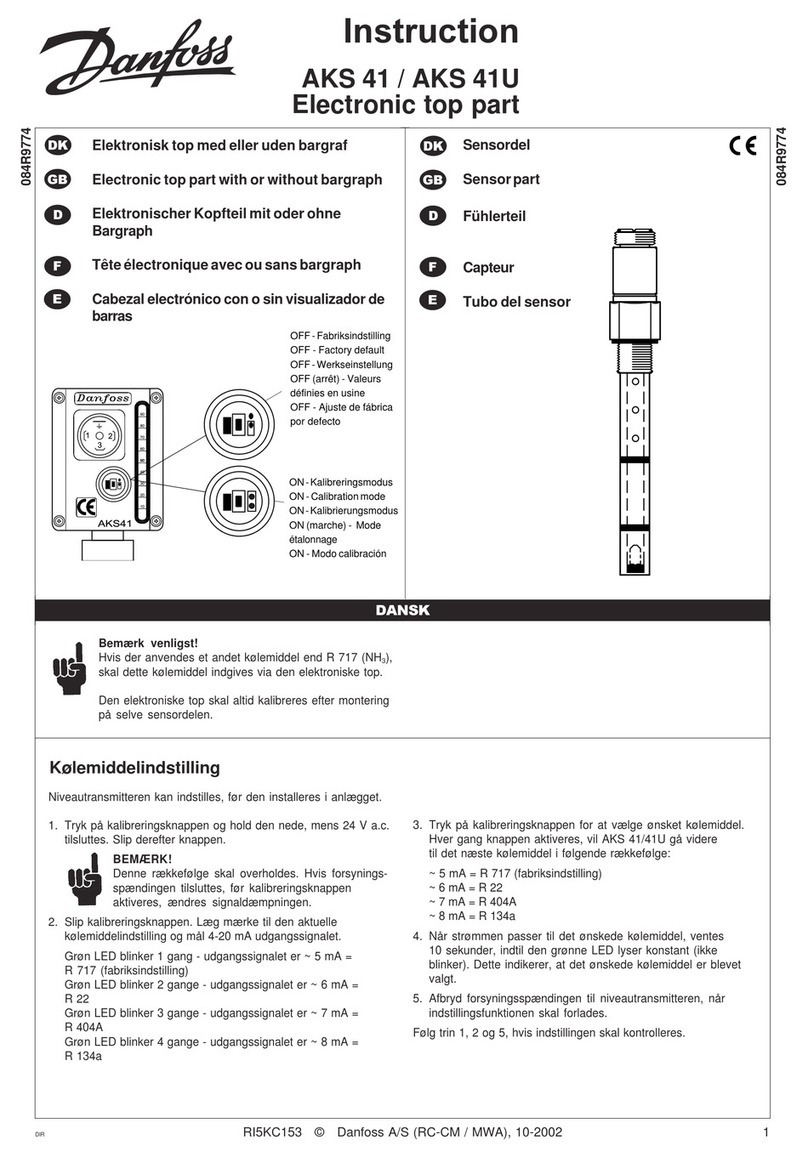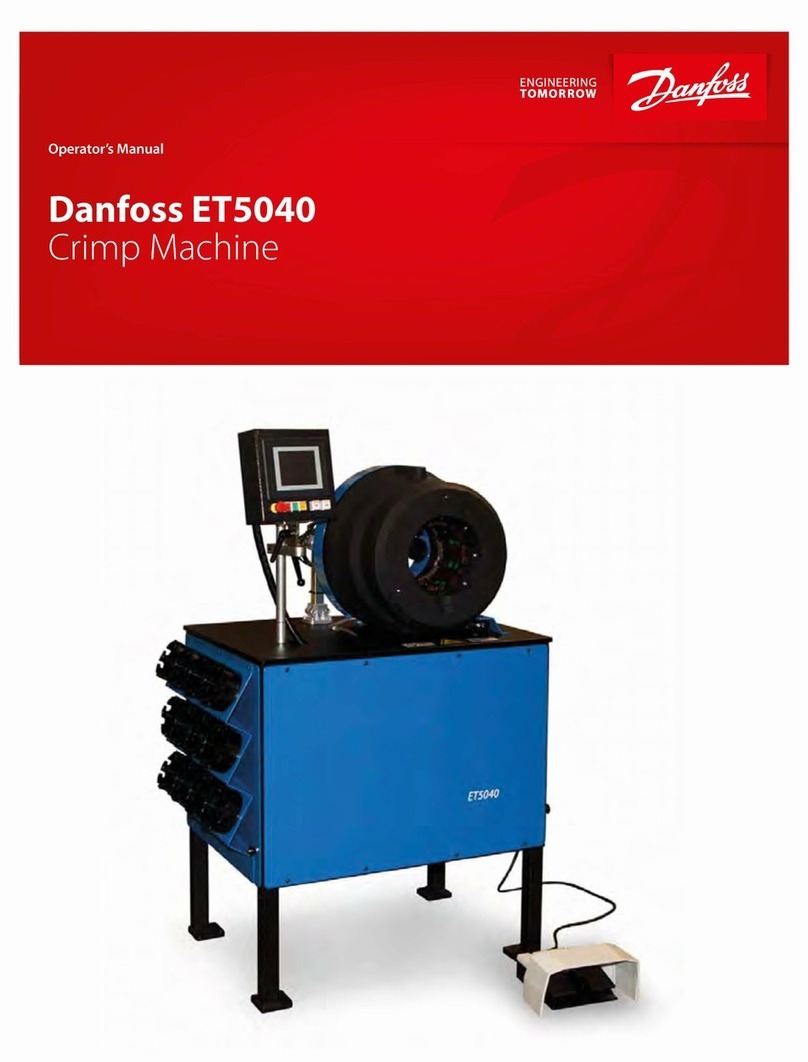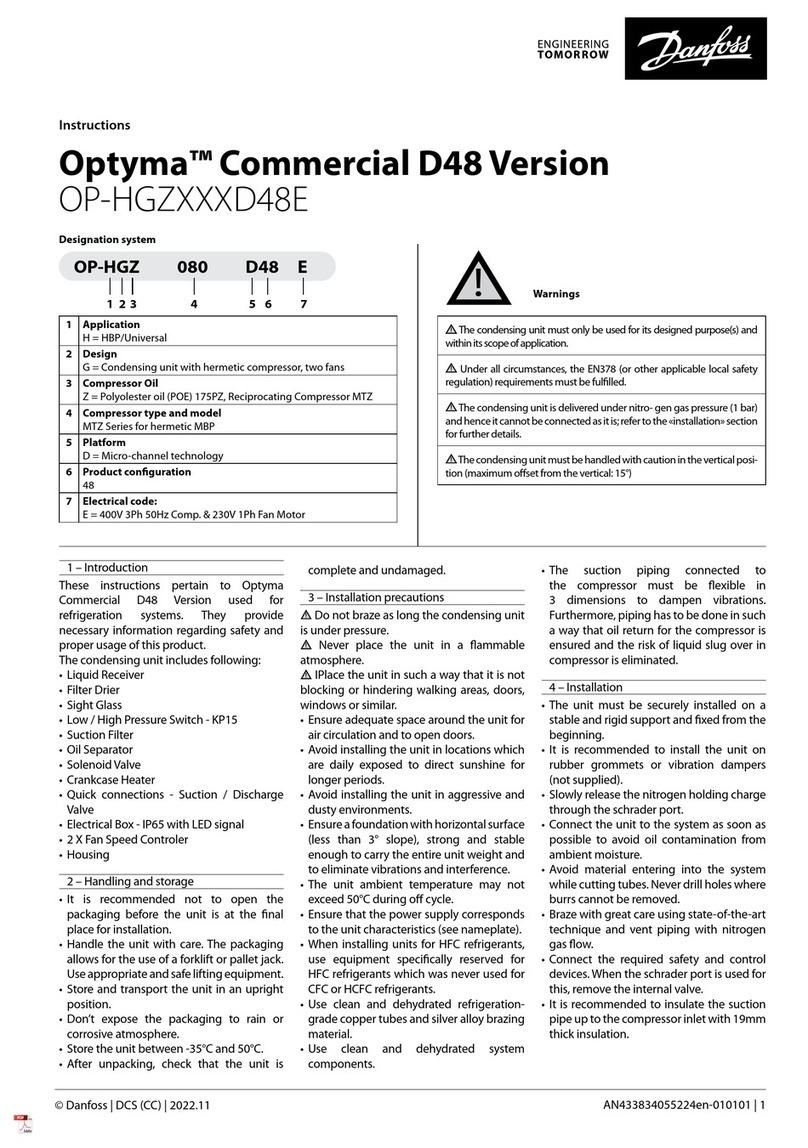
8
180R9221 / 521B1174 / DKCFN.PS.003.A1.02
3. Safety
3.1 General
The iSave must not be used for other purposes than those recommended and specied
without rst consulting your local iSave distributor.
This manual must be read and completely understood by the responsible specialist person-
nel prior to installation and commissioning.
Use of this manual does not relieve operation and maintenance personnel of the responsi-
bility of applying normal good judgment in the operation and care of this product and its
components.
This manual must be available to all personnel concerned at the site at all time.
An iSave must always be installed and used in accordance with existing national and local
sanitary and safety regulations and laws. It is the responsibility of the safety ocer or the
chief operator to assure compliance with all local regulations that are not taken into account
in this manual.
The iSave is a rotating machine that typically operates at high pressure.
Always wear suitable safety and lifting equipment when handling the iSave.
• Bolt the iSave properly to the base before start-up to avoid personal injury and/or
damage to the iSave.
• The pipe connections to the iSave must be stress-free mounted, securely fastened to the
iSave and well supported. Improper installation will or could result in personal injury
and/or damage to the iSave.
• Proper installation and care of shutdown devices and over-pressure protection
equipment is essential.
• All electrical installation work must be carried out by authorised personnel in
accordance with EN60204-1 and/or local regulations.
• Install a lockable circuit breaker to avoid inadvertent starting. Protect the motor and
other electrical equipment from overloads with suitable equipment.
• The electric motors must be supplied with adequate cooling ventilation.
• Improper installation can cause fatal injuries.
• The iSave must not operate outside the application range.
• During the initial start-up, slowly raise the pressure of the system and adjust the over-
pressure protection equipment for proper limit settings.
• Make sure that the pressure is released from the iSave before the iSave is discon-
nected from any pipe or hose connections in the iSave.
• Make sure that the iSave can be drained without injuring anyone and without
contaminating nearby equipment or the environment.
• Before intervening in the iSave/system, the power must be shut o and the starting
device must be locked. When intervening in the iSave unit, follow the instructions for
Service/Maintenance, chapter 8.
• A failure to follow the instructions can result in personal injury and/or damage to the
iSave. It will also invalidate the warranty.
• The iSave must never run dry. Dry running produces heat and will cause damage to
internal parts.
• If the iSave does not function satisfactorily, contact your local iSave distributor.
Use of this manual does not relieve operation and maintenance personnel of the
responsibility of applying normal good judgment in the operation and care of this
product.
Electrical
hazard
NB!
